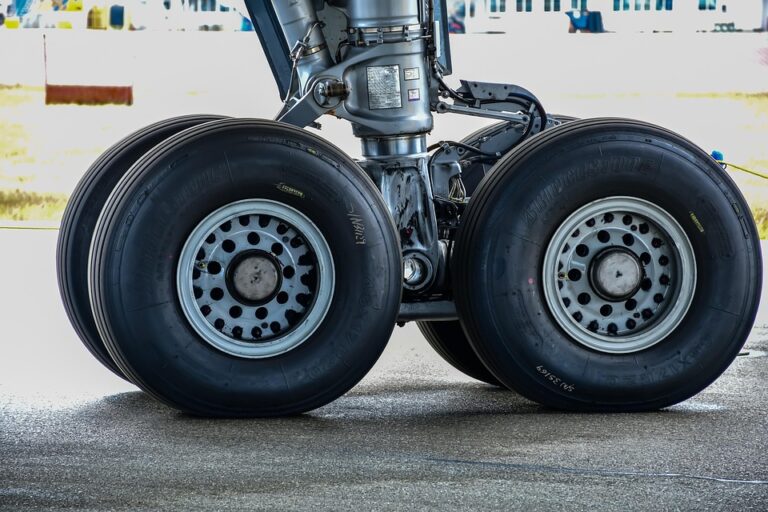Seasonal Tire Maintenance: Preparing for Winter and Summer Roads
Meta Description: Ensure your vehicle is road-ready all year round. Discover essential seasonal tire maintenance tips for winter and summer roads.
As tire maintenance plays a crucial role in vehicle performance and safety, understanding how to adapt your maintenance practices for the changing seasons is vital for all drivers. Proper seasonal tire maintenance not only extends the life of your tires but also enhances safety, fuel efficiency, and overall driving comfort. In this article, we’ll delve into pivotal tire care practices tailored for winter and summer conditions, ensuring you’re prepared for every road you encounter.
Understanding the Importance of Seasonal Tire Maintenance
Before diving into specific maintenance tasks, it’s essential to grasp why seasonal tire maintenance is so important. Tires are the only contact point between your vehicle and the road, and their performance can be dramatically affected by temperature and road conditions.
Key Benefits of Tire Maintenance:
- Safety: Well-maintained tires provide better traction, handling, and braking, reducing the likelihood of accidents.
- Cost Efficiency: Regular maintenance can prevent premature wear and save money on replacements.
- Fuel Efficiency: Properly inflated tires improve gas mileage by reducing rolling resistance.
Preparing for Winter Roads
Tire Inspection and Condition Check
Before winter sets in, begin a thorough inspection of your tires. Look for any signs of damage, such as:
- Cracks or cuts
- Uneven wear patterns
- Low tread depth
Tip: The penny test can help you gauge tread depth. Insert a penny into the tire tread with Lincoln’s head facing down. If you can see all of Lincoln’s head, it’s time for new tires.
Tire Pressure Adjustments
Cold weather causes tire pressure to drop, which can lead to underinflated tires. Check and adjust tire pressure at least once a month during winter months. The recommended pressure is usually indicated on a sticker located on the driver’s side door jamb or in the owner’s manual.
Winter Tires: When to Make the Switch
If you live in an area with heavy snowfall and harsh winter conditions, consider investing in winter tires. These tires are designed with specialized rubber compounds and tread patterns for optimal grip and handling under cold conditions.
Signs You Need Winter Tires:
- Consistent temperatures below 45°F
- Frequent snow or ice on the roads
Ongoing Maintenance Throughout Winter
Regularly check your tires for:
- Ice buildup around the wheels
- Pressure changes
- Tread wear due to harsh conditions
Additionally, consider rotating your tires every 5,000 to 7,500 miles to ensure even wear.
Preparing for Summer Roads
As winter fades, it’s time to switch gears and prepare your tires for summer driving conditions.
Tire Condition and Pressure Check
Just like in winter, a pre-summer inspection is crucial. Check for signs of wear and tear, and ensure that the tire pressure is up to standard as heat can increase tire pressure.
The Importance of Tire Rotation
Regularly rotating your tires can help extend their life and maintain optimal performance. The ideal time for rotation is every 5,000 miles, but always refer to your vehicle’s manual for specific recommendations.
Check Alignment and Balance
Uneven tire wear and steering issues can often be attributed to alignment and balancing problems. Head to your local mechanic for a check-up, especially if you’ve hit a pothole or curb recently.
Tread Depth and Performance
Summer tires are designed for warm conditions and typically provide better handling and responsiveness on dry and wet roads. Use the penny test again to ensure that your summer tires have adequate tread for safe driving.
Additional Seasonal Tire Maintenance Tips
Cleaning Your Tires and Wheels
Regardless of the season, keeping your tires clean is critical. Accumulated dirt and grime can wear down the rubber and lead to deterioration. Use a non-acidic tire cleaner for the best results.
Checking Valve Stems
Ensure that the valve stems are free from cracks or damage, which can lead to air leaks. It’s a minor step that can save you significant headaches down the road.
Store Properly
When swapping tires, whether for winter or summer, store them in a cool, dry place. Keep them stacked upright or hung to avoid any deformation.
Conclusion
Whether it’s the ski slopes of winter or summer road trips, ensuring your tires are well-maintained is essential for any driver. Regular inspections and adhering to seasonal care tips will guarantee your vehicle remains safe and efficient year-round. Investing time in tire maintenance now can pay off with increased performance, safety, and longevity of your tires.
Call to Action (CTA)
Don’t risk your safety on the road — schedule a tire maintenance check today! Stay informed and keep your vehicle in top shape for every season.
By following these seasonal tire maintenance tips, you can navigate both winter and summer roads with confidence, ensuring your journeys are as safe and enjoyable as possible.


